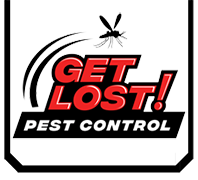Important Considerations:
- These are not true sparrows, but actually originate from weaver finches
- They are of medical concern because they carry over 29 diseases and ectoparasites
- Females begin laying eggs in April and March, and lay 5-6 eggs per clutch
- Eggs hatch after 10-17 days of incubation, and they can fly about 14 days after hatching
- House Sparrows prefer to nest in protected areas, like on or near buildings
- They will occasionally displace other birds from their nests like wrens, robins, and purple martens- destroying their eggs and taking over the nests as their own
Where to Find Them on Your Property?
You can find House Sparrows on building ledges, in gutters, inside signs, in light fixtures, under bridges, under eaves, or around places like warehouses or stadiums. They will tend to congregate in urban areas during the winter and go to rural areas in the spring. They feed on grains and seeds but can also be known to feed on trees, plant buds, flowers or small fruits.

